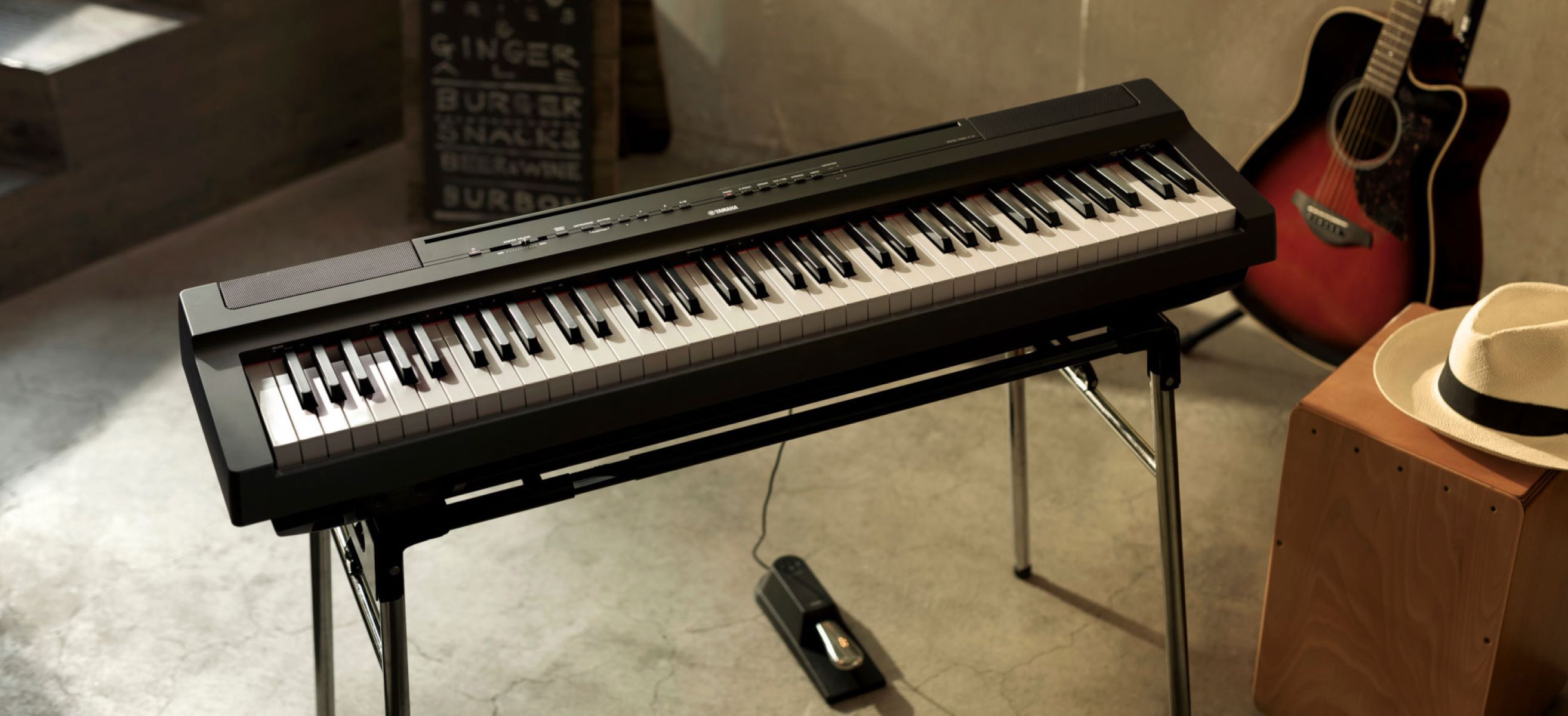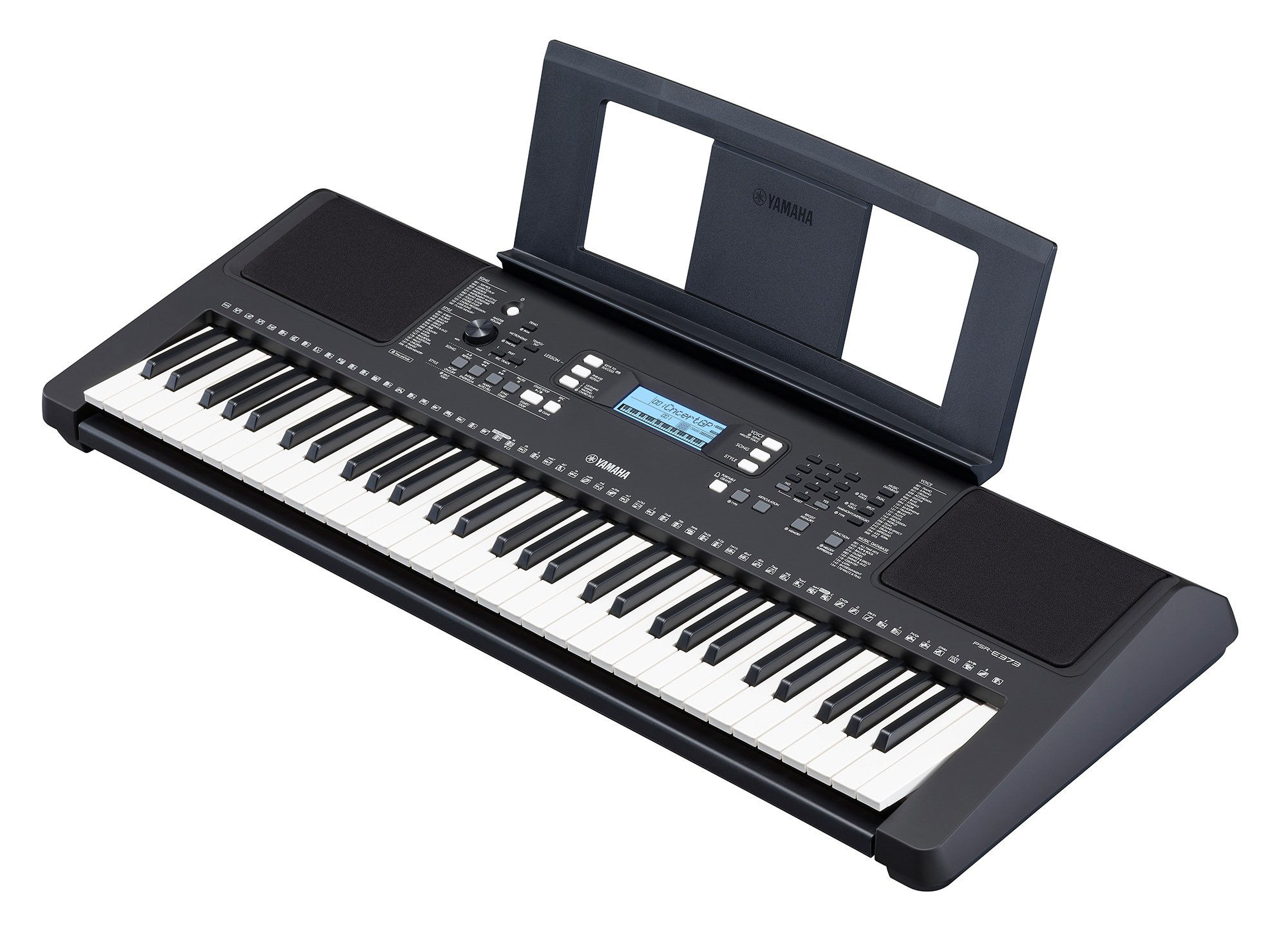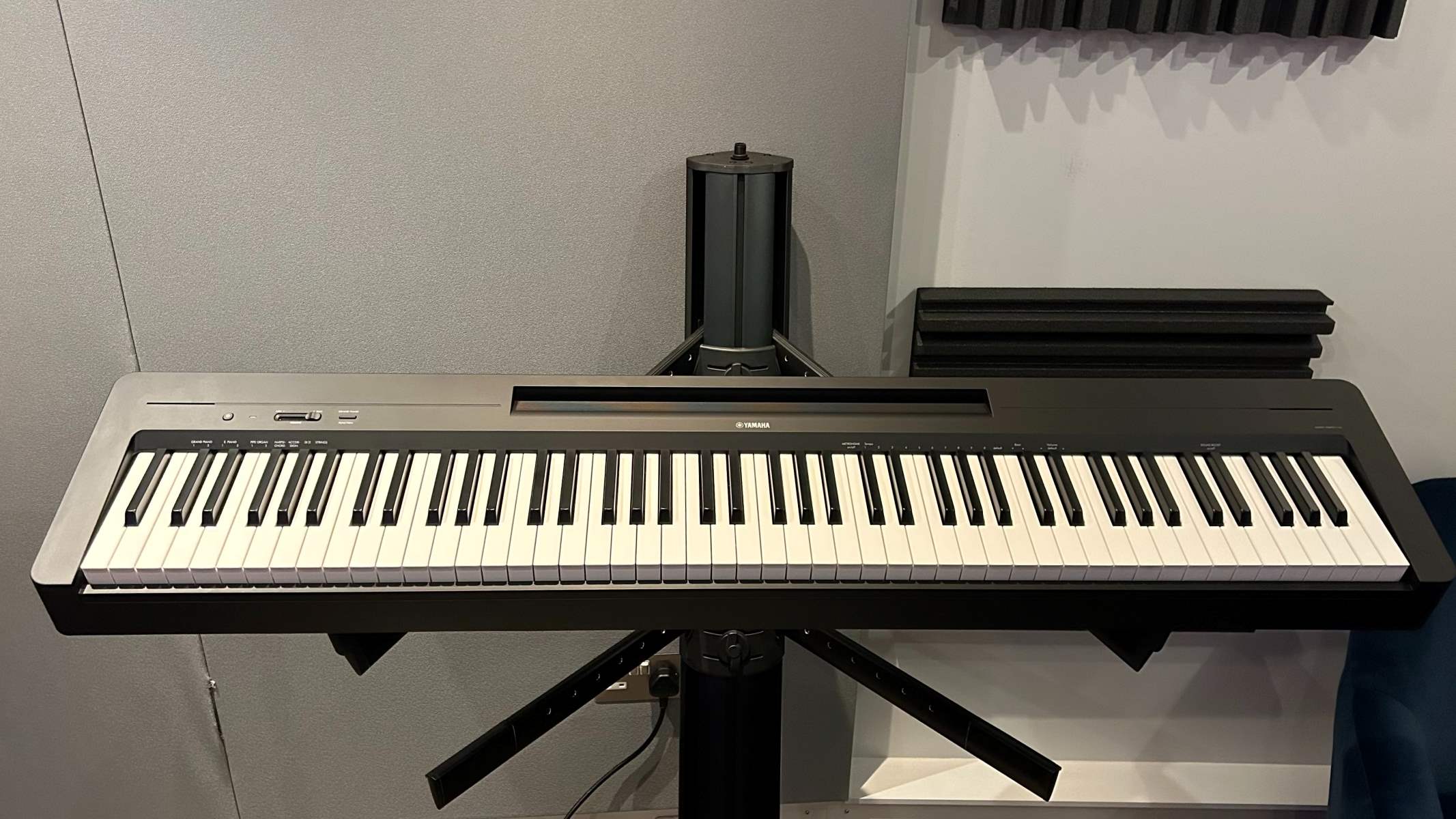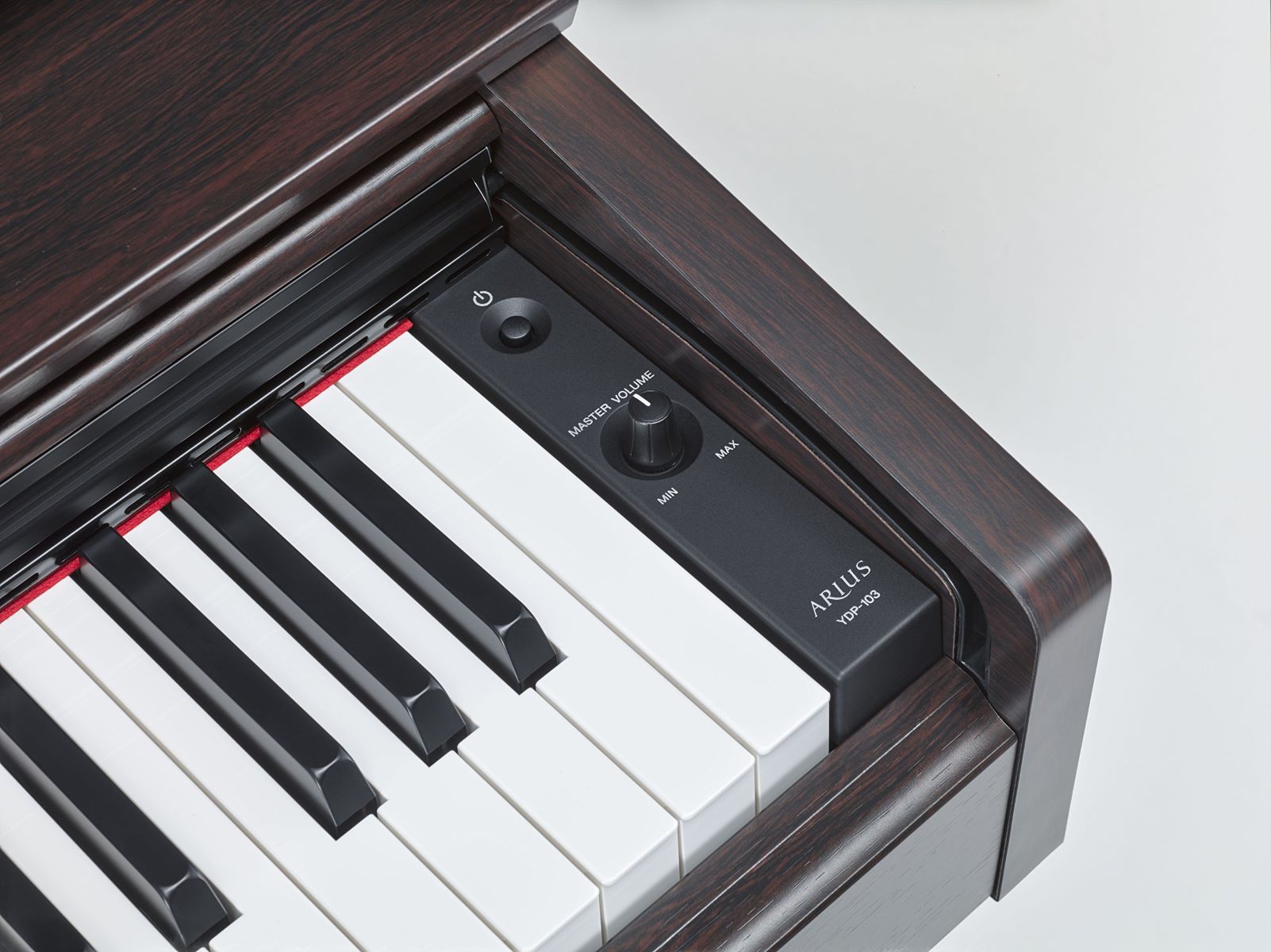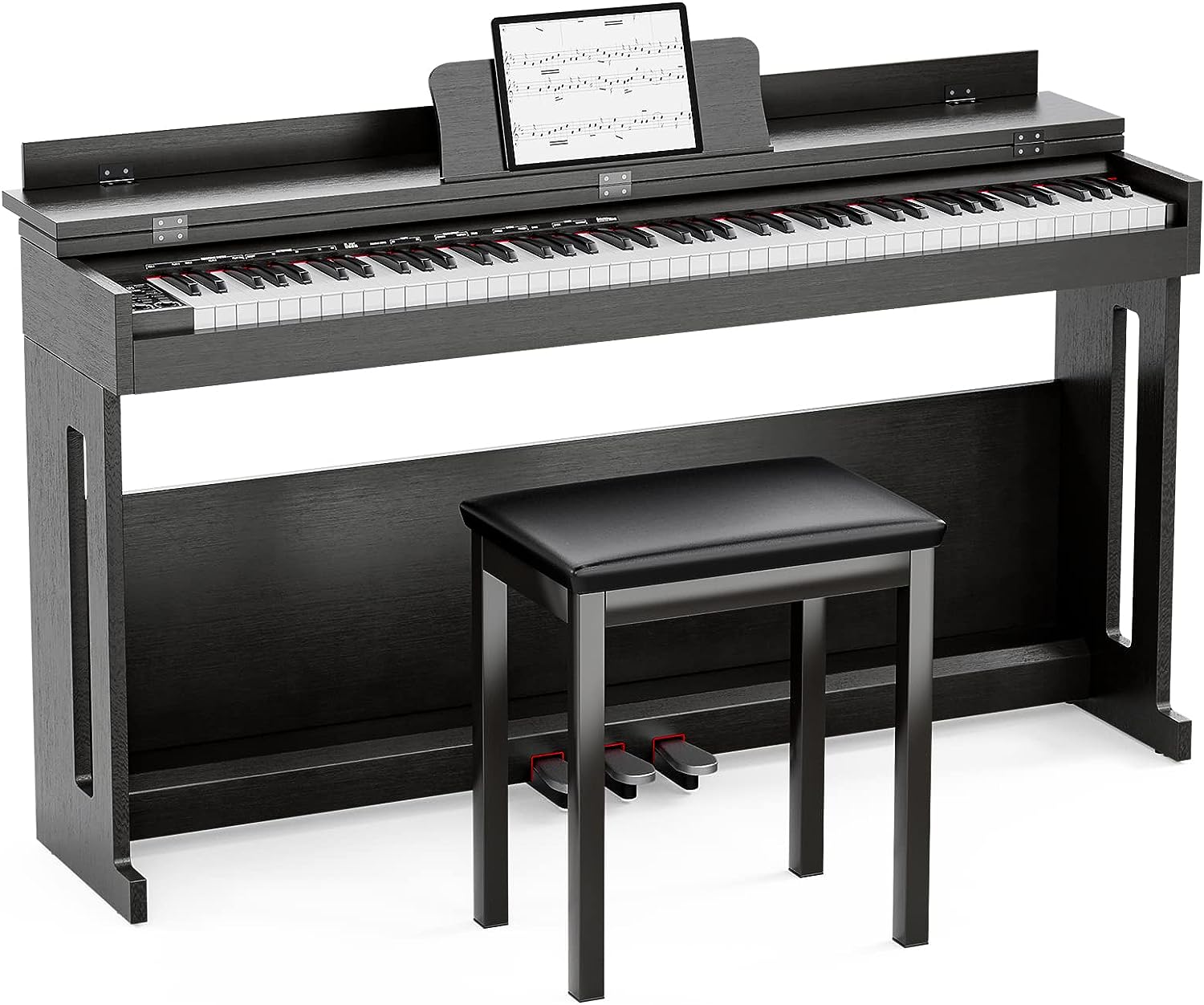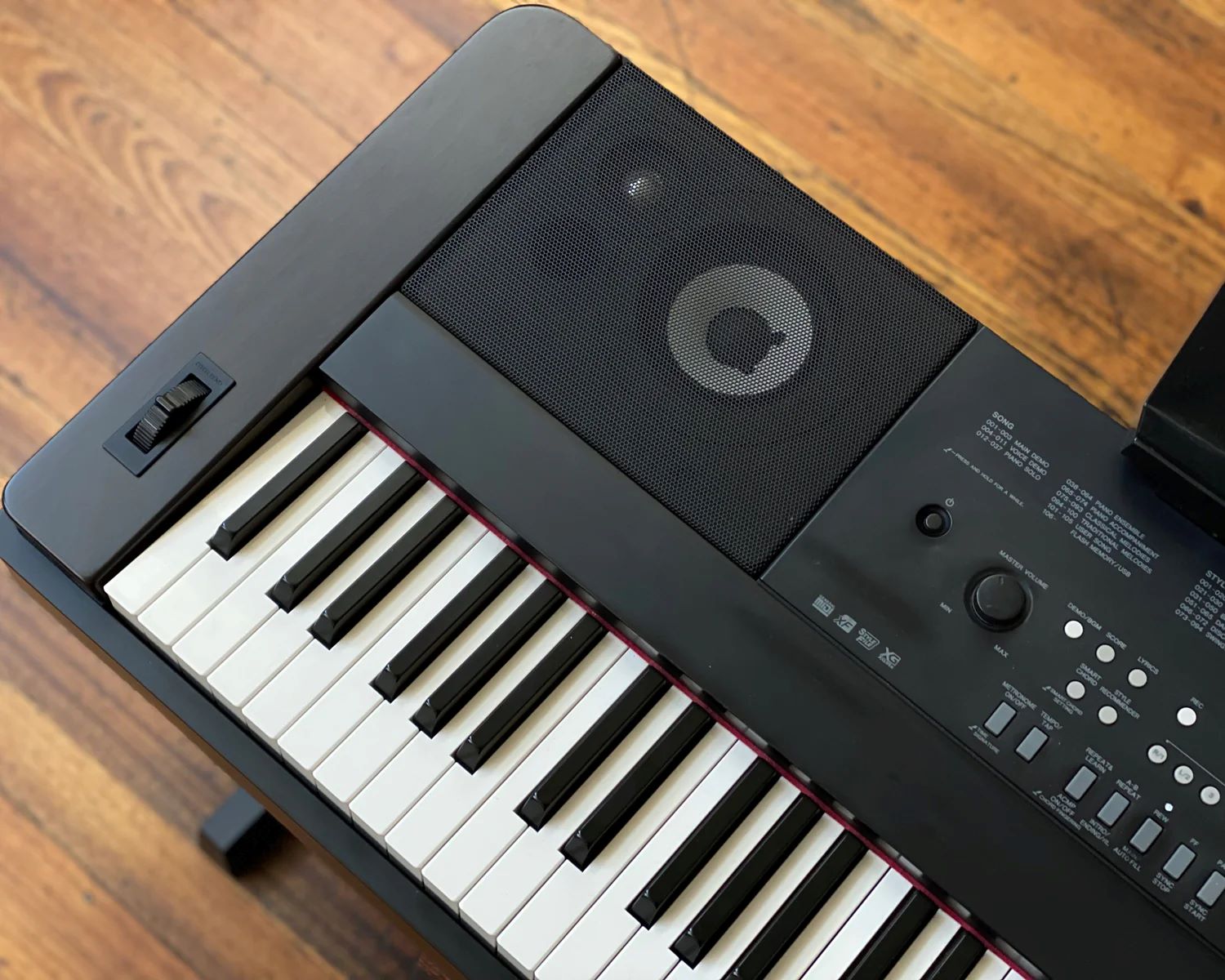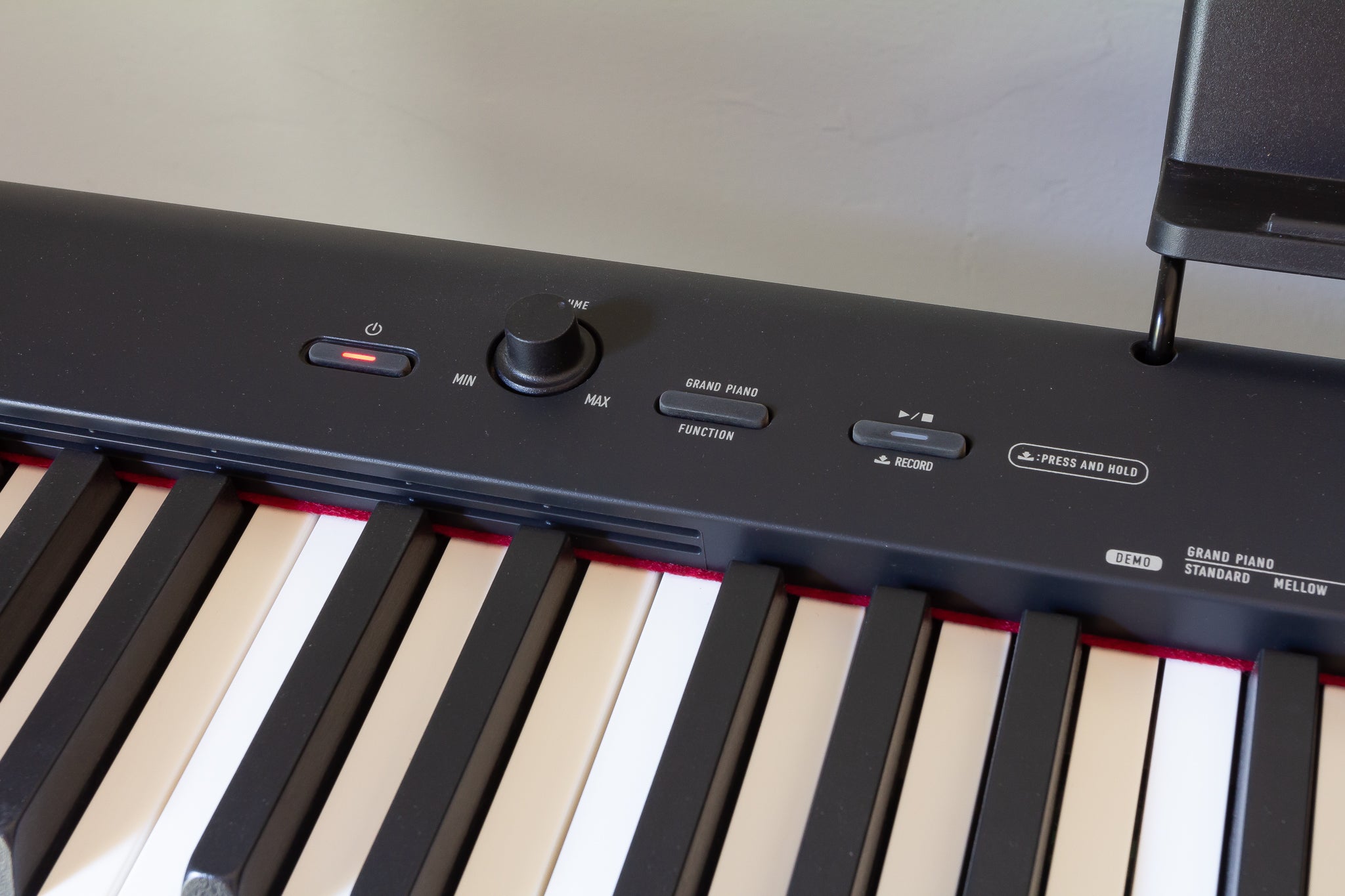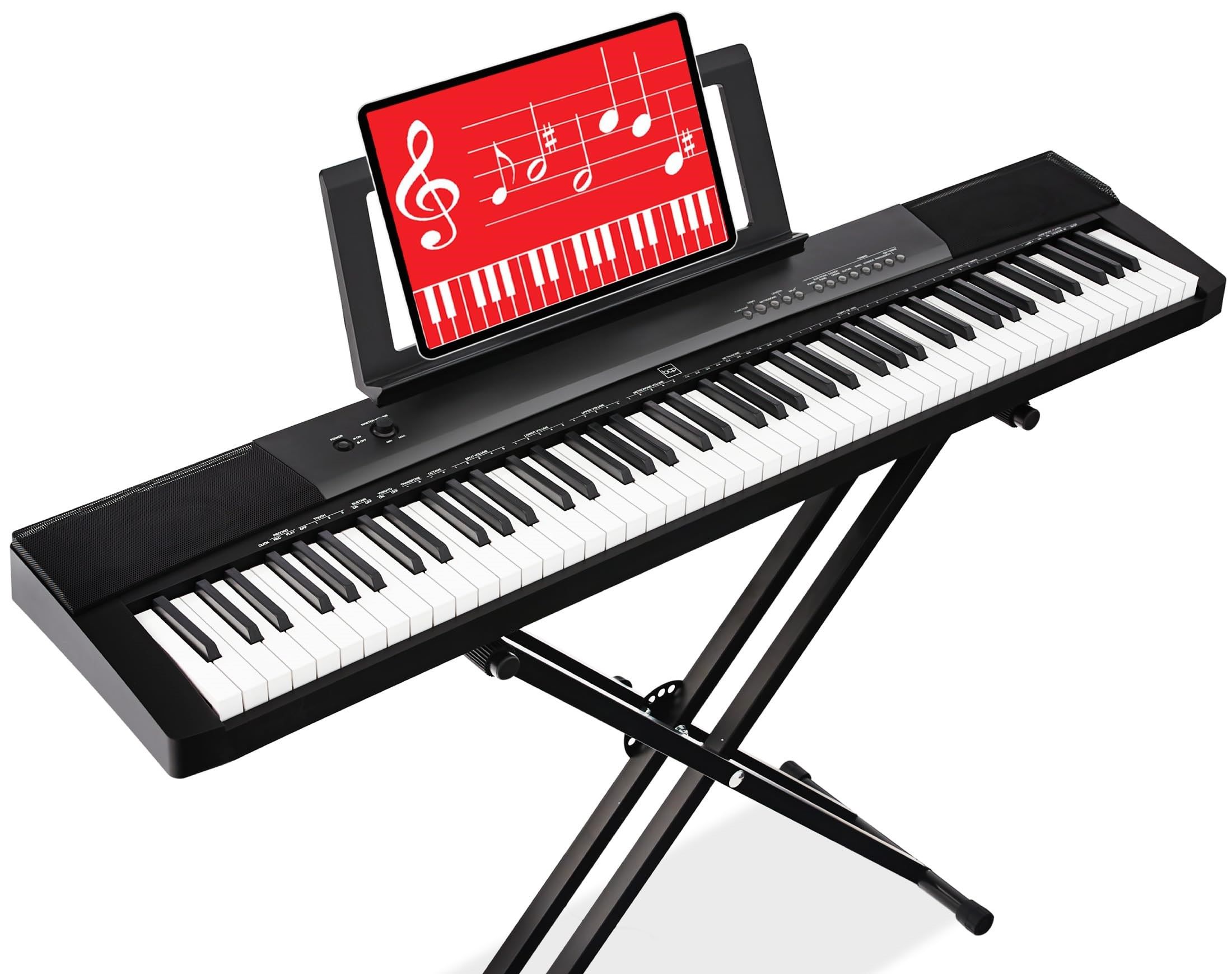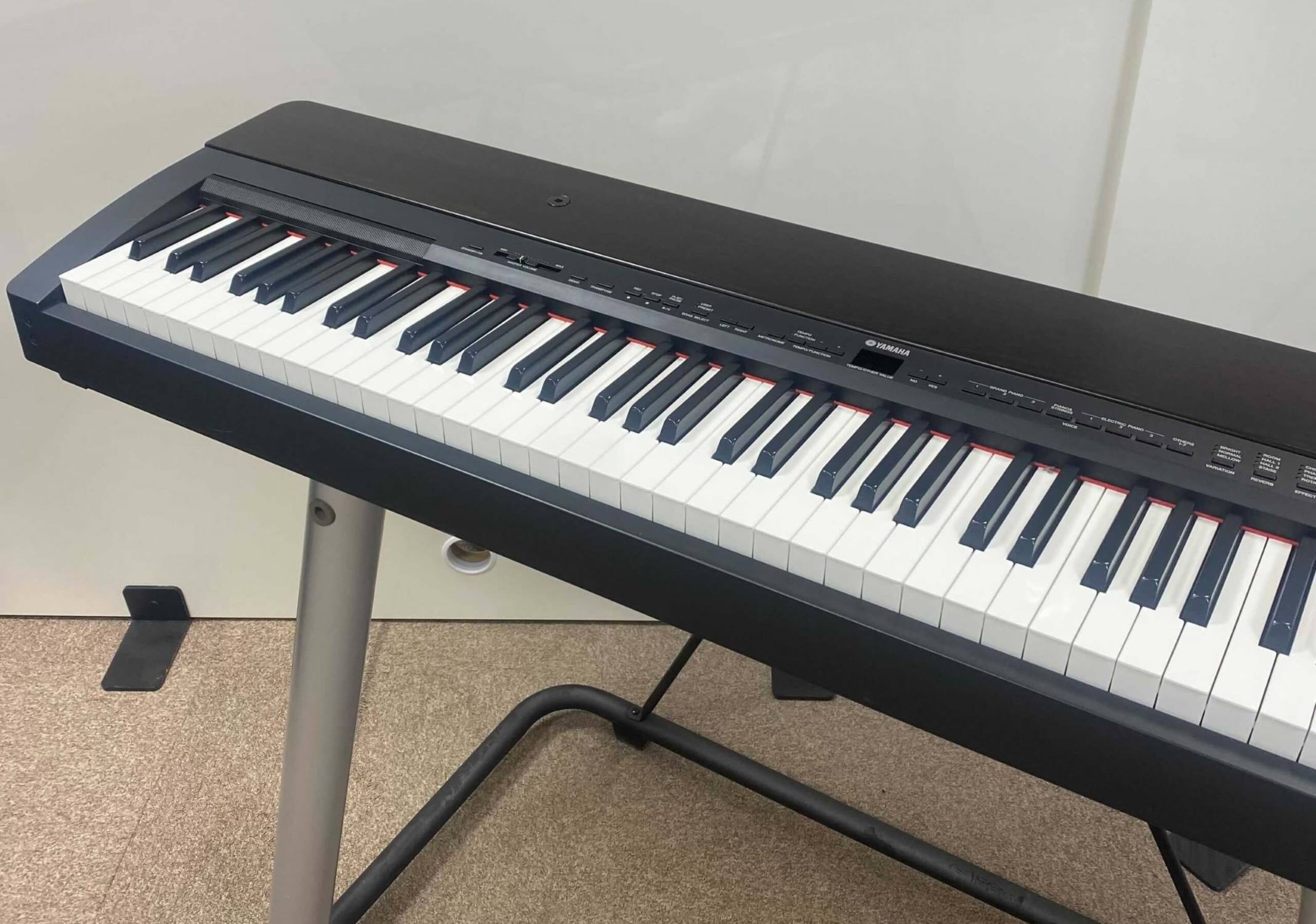Introduction
When it comes to digital pianos, the term “GHS” is often mentioned in product descriptions and specifications. But what does GHS stand for, and how does it affect the performance and playing experience of a digital piano? Understanding the significance of GHS is crucial for anyone looking to purchase a digital piano, whether for personal use, performance, or educational purposes.
As technology continues to revolutionize the world of musical instruments, digital pianos have become increasingly popular due to their versatility, portability, and advanced features. The incorporation of Graded Hammer Standard (GHS) technology in digital pianos has significantly impacted the way pianists interact with these instruments, mimicking the feel and response of traditional acoustic pianos.
Exploring the intricacies of GHS in digital pianos, including its benefits and drawbacks, will provide valuable insights for individuals seeking to make an informed decision when investing in a digital piano. By delving into the essence of GHS, we can unravel its role in shaping the playing experience and overall performance of digital pianos, ultimately empowering enthusiasts and musicians to discern the impact of this technology on their musical journey.
What is GHS?
Graded Hammer Standard (GHS) is a technology integrated into the design of digital pianos to replicate the touch and feel of an acoustic piano. This innovative feature aims to simulate the graded weight and responsiveness of the keys found in traditional pianos, providing a more authentic playing experience for pianists of all levels. The fundamental principle behind GHS is to emulate the tactile nuances of an acoustic piano, offering players a sense of familiarity and realism while exploring the capabilities of a digital instrument.
At the core of GHS technology lies the concept of graded hammer action, which mirrors the mechanics of an acoustic piano’s keyboard. In acoustic pianos, the keys are weighted differently across the keyboard, with the lower notes requiring more resistance and the higher notes offering a lighter touch. GHS replicates this gradation by incorporating heavier hammer mechanisms for the lower keys and lighter hammers for the higher keys, mirroring the authentic touch and response of an acoustic piano.
Furthermore, GHS technology encompasses velocity sensitivity, meaning that the force applied to the keys directly influences the volume and tonal characteristics of the sound produced. This nuanced responsiveness adds depth and expressiveness to the playing experience, allowing pianists to convey a wide range of dynamics and emotions through their performances.
As digital pianos continue to evolve, GHS remains a cornerstone of enhancing the tactile connection between the pianist and the instrument, fostering a seamless transition between acoustic and digital piano playing. The integration of GHS in digital pianos underscores the commitment to delivering an immersive and authentic piano-playing experience, catering to the preferences and demands of discerning musicians and enthusiasts alike.
Benefits of GHS in a Digital Piano
The incorporation of Graded Hammer Standard (GHS) technology in digital pianos offers a myriad of advantages that greatly enhance the playing experience and performance capabilities of these instruments. Understanding the benefits of GHS is essential for pianists and enthusiasts seeking to harness the full potential of their digital pianos. Here are the key advantages of GHS in a digital piano:
- Authentic Touch and Feel: GHS technology replicates the weighted keys of an acoustic piano, providing a realistic tactile experience for pianists. The graded hammer action and key resistance closely resemble that of a traditional piano, allowing players to develop proper finger technique and control.
- Expressive Playing Dynamics: GHS-equipped digital pianos are sensitive to the force applied to the keys, enabling pianists to convey a wide range of dynamics and articulations in their performances. This responsiveness enhances musical expression and allows for nuanced interpretations of various musical styles and genres.
- Transition from Acoustic to Digital: For pianists accustomed to playing acoustic pianos, GHS technology facilitates a seamless transition to digital pianos. The familiar touch and feel of the keys bridge the gap between acoustic and digital instruments, ensuring a smooth adaptation to the nuances of digital piano playing.
- Learning and Skill Development: GHS-equipped digital pianos are conducive to skill development and musical education. The authentic key action and responsiveness aid in developing proper finger strength, dexterity, and playing techniques, making them valuable tools for piano students and educators.
- Enhanced Performance Capabilities: GHS technology empowers pianists to explore a wide repertoire with confidence and precision. The nuanced key response and dynamic control contribute to polished performances, whether in a practice setting, recording studio, or live stage performance.
These benefits collectively underscore the significance of GHS in elevating the playing experience and musical potential of digital pianos, catering to the needs of beginners, seasoned pianists, educators, and performers alike.
Drawbacks of GHS in a Digital Piano
While Graded Hammer Standard (GHS) technology offers numerous advantages in digital pianos, it is important to acknowledge the potential drawbacks associated with this feature. Understanding the limitations of GHS can provide valuable insights for individuals considering the purchase of a digital piano. Here are some of the drawbacks of GHS in a digital piano:
- Weight Discrepancies: GHS-equipped digital pianos may not perfectly replicate the weight distribution of keys found in acoustic pianos. Some players may find the key resistance and weight imbalances to be less authentic compared to high-end acoustic pianos, impacting their overall playing experience.
- Uniformity Across Models: The implementation of GHS technology can vary across different digital piano models and brands. As a result, the consistency of the graded hammer action and key response may differ, leading to discrepancies in the playing experience when transitioning between different instruments.
- Adaptation for Advanced Players: Advanced pianists with specific preferences for key action and responsiveness may find GHS-equipped digital pianos to be less customizable or adaptable to their playing style. The standardized nature of GHS may limit the tailored adjustments that advanced players seek in their instruments.
- Limitations in Articulation: While GHS technology offers nuanced key response, some pianists may desire a higher level of articulation and control, particularly in complex musical passages and advanced playing techniques. The inherent characteristics of GHS may pose challenges for players requiring a more intricate and customizable key action.
- Evolution of Technology: As digital piano technology continues to advance, GHS may be perceived as a more traditional approach to replicating the feel of acoustic pianos. Players seeking cutting-edge innovations and alternative key action mechanisms may find GHS-equipped digital pianos to be less aligned with their evolving musical preferences.
Recognizing these drawbacks sheds light on the nuanced considerations involved in selecting a digital piano with GHS technology, allowing individuals to weigh the trade-offs and make informed decisions based on their specific playing requirements and musical aspirations.
Conclusion
Graded Hammer Standard (GHS) technology serves as a pivotal element in the evolution of digital pianos, enriching the playing experience and bridging the gap between acoustic and digital instruments. The emulation of authentic key action and responsiveness in GHS-equipped digital pianos has redefined the standards for tactile realism and expressive performance capabilities.
While the benefits of GHS, including its authentic touch and feel, expressive dynamics, and educational value, are undeniable, it is essential to acknowledge the potential drawbacks associated with this technology. The weight discrepancies, variations across models, and limitations in articulation highlight the nuanced considerations involved in evaluating the suitability of GHS for individual playing preferences and musical pursuits.
Ultimately, the significance of GHS in a digital piano lies in its ability to foster a seamless transition for pianists, facilitate skill development, and enhance performance capabilities. As technology continues to shape the landscape of musical instruments, the role of GHS in digital pianos underscores a commitment to delivering an immersive and authentic playing experience, catering to the diverse needs of pianists, educators, and performers.
By understanding the nuanced interplay between the benefits and drawbacks of GHS, individuals can make informed decisions when selecting a digital piano that aligns with their specific playing requirements and musical aspirations. Whether embarking on a musical journey, honing technical proficiency, or seeking expressive versatility, the presence of GHS in a digital piano signifies a harmonious blend of tradition and innovation, enriching the musical endeavors of players across the spectrum of expertise and artistry.







